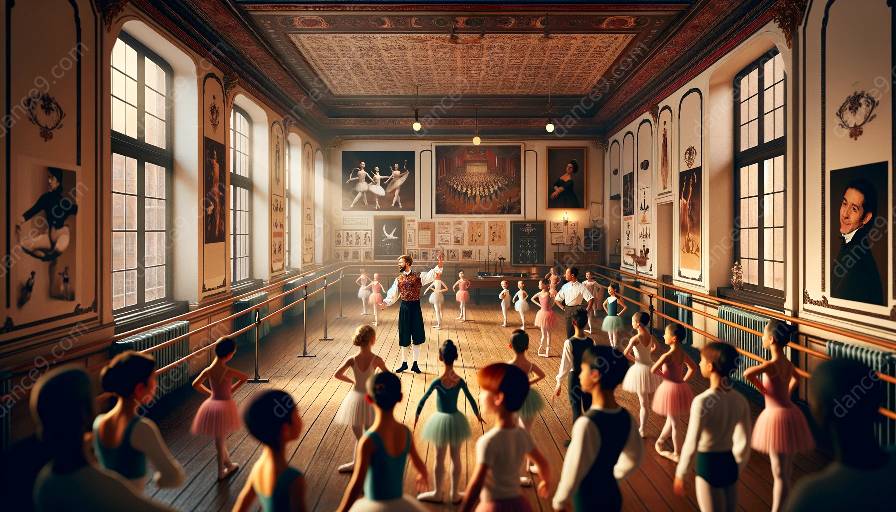Ballet pedagogy, the teaching and learning of ballet, has been through various developments over the years. In recent times, technology has become increasingly integrated into ballet pedagogy, enhancing the teaching and learning experience for students and instructors. This integration encompasses the use of digital tools, virtual platforms, and interactive applications that cater to the unique needs of ballet education.
The Intersection of Pedagogy in Ballet and Technology
When examining the integration of technology into ballet pedagogy, it is essential to understand how these two seemingly disparate entities intersect. Pedagogy in ballet revolves around the transmission of foundational principles, techniques, and artistic expression from instructors to students. This process traditionally involves physical demonstrations, verbal instructions, and visual aids such as mirrors and instructional materials.
Technology, on the other hand, offers innovative solutions to augment the traditional pedagogical approaches. Digital tools provide opportunities for enhanced visualization, analysis, and practice, while virtual platforms enable remote learning and collaboration. Integrating technology into ballet pedagogy expands the accessibility, efficiency, and effectiveness of learning and teaching practices.
Enhancing Learning through Digital Tools
Digital tools play a vital role in revolutionizing ballet pedagogy. Interactive applications and software provide students with comprehensive resources for honing their skills and understanding ballet techniques. For instance, augmented reality (AR) and virtual reality (VR) applications offer immersive experiences, allowing students to visualize complex movements and spatial relationships in a three-dimensional environment.
Furthermore, digital platforms can provide personalized feedback and assessment, enabling students to track their progress and receive guidance tailored to their individual needs. Video analysis software allows instructors to review and provide feedback on students' performances with precision, fostering a deeper understanding of movement dynamics and technical subtleties.
Virtual Platforms and Remote Learning
The integration of virtual platforms into ballet pedagogy has opened up new possibilities for remote learning and collaboration. Through live-streamed classes, online tutorials, and interactive forums, students and instructors can engage in a dynamic virtual learning environment. This not only expands access to ballet education beyond physical constraints but also promotes global exchange and the sharing of diverse perspectives.
Furthermore, virtual platforms facilitate the preservation and dissemination of ballet history and theory. Online archives, documentaries, and curated digital exhibitions serve as valuable resources for contextualizing the historical and theoretical dimensions of ballet, enriching the educational experience for students and educators alike.
Bridging Ballet History and Theory with Technology
Incorporating technology into ballet pedagogy also involves leveraging digital resources to explore the historical and theoretical underpinnings of this art form. Digital archives and multimedia presentations enable students to delve into the rich history of ballet, from its origins to its evolution as a prominent cultural expression.
Additionally, technology facilitates interactive engagements with theoretical concepts, such as choreographic analysis, dance notation systems, and critical discourse on ballet aesthetics. Through multimedia platforms and online discussions, students can deepen their understanding of ballet theory and its intersection with broader artistic and cultural movements.
Conclusion
The integration of technology into ballet pedagogy represents a dynamic evolution in the way ballet is taught and learned. By embracing digital tools, virtual platforms, and multimedia resources, pedagogy in ballet can transcend traditional boundaries, fostering creativity, inclusivity, and a deeper engagement with the historical and theoretical dimensions of this timeless art form.





























